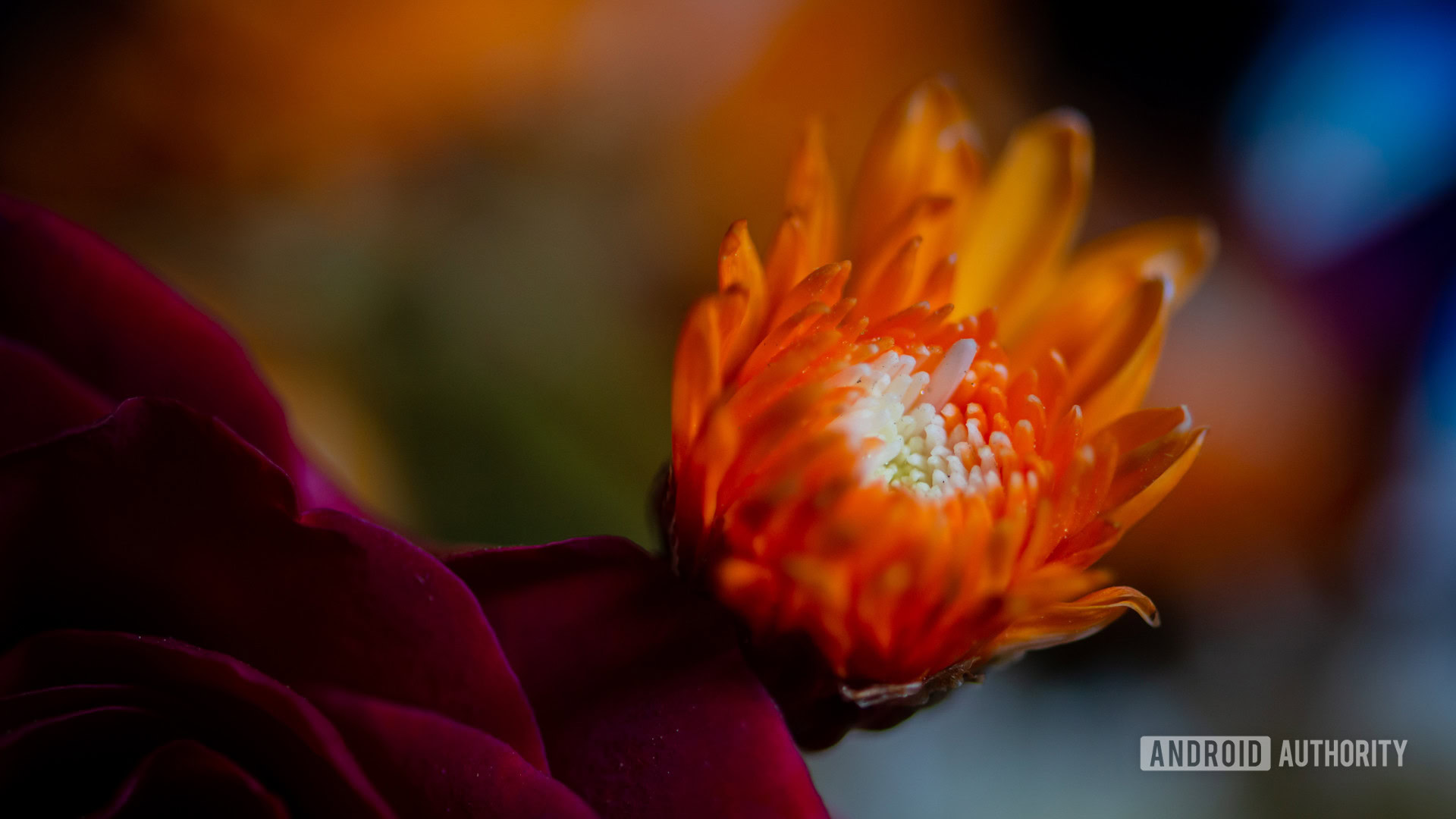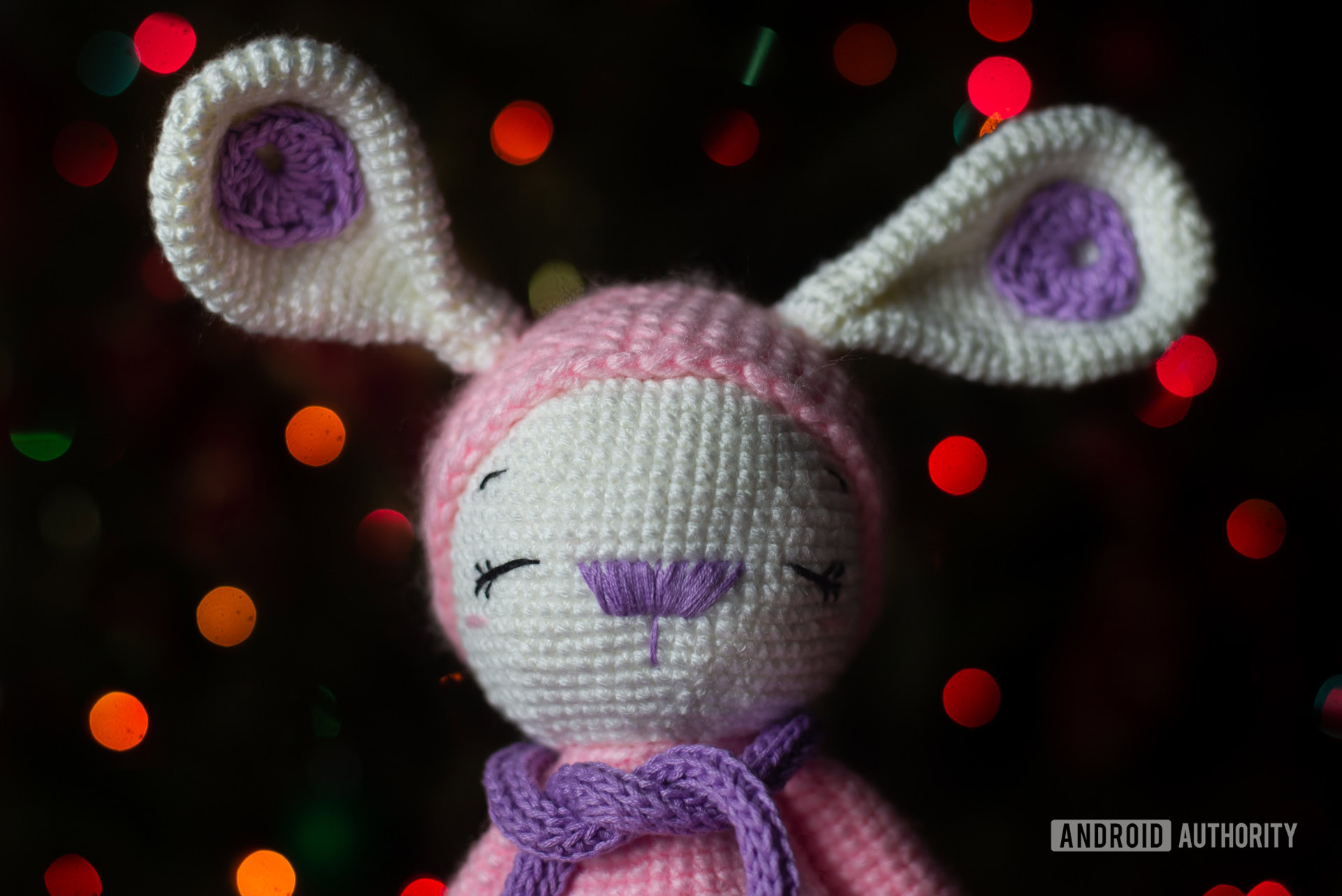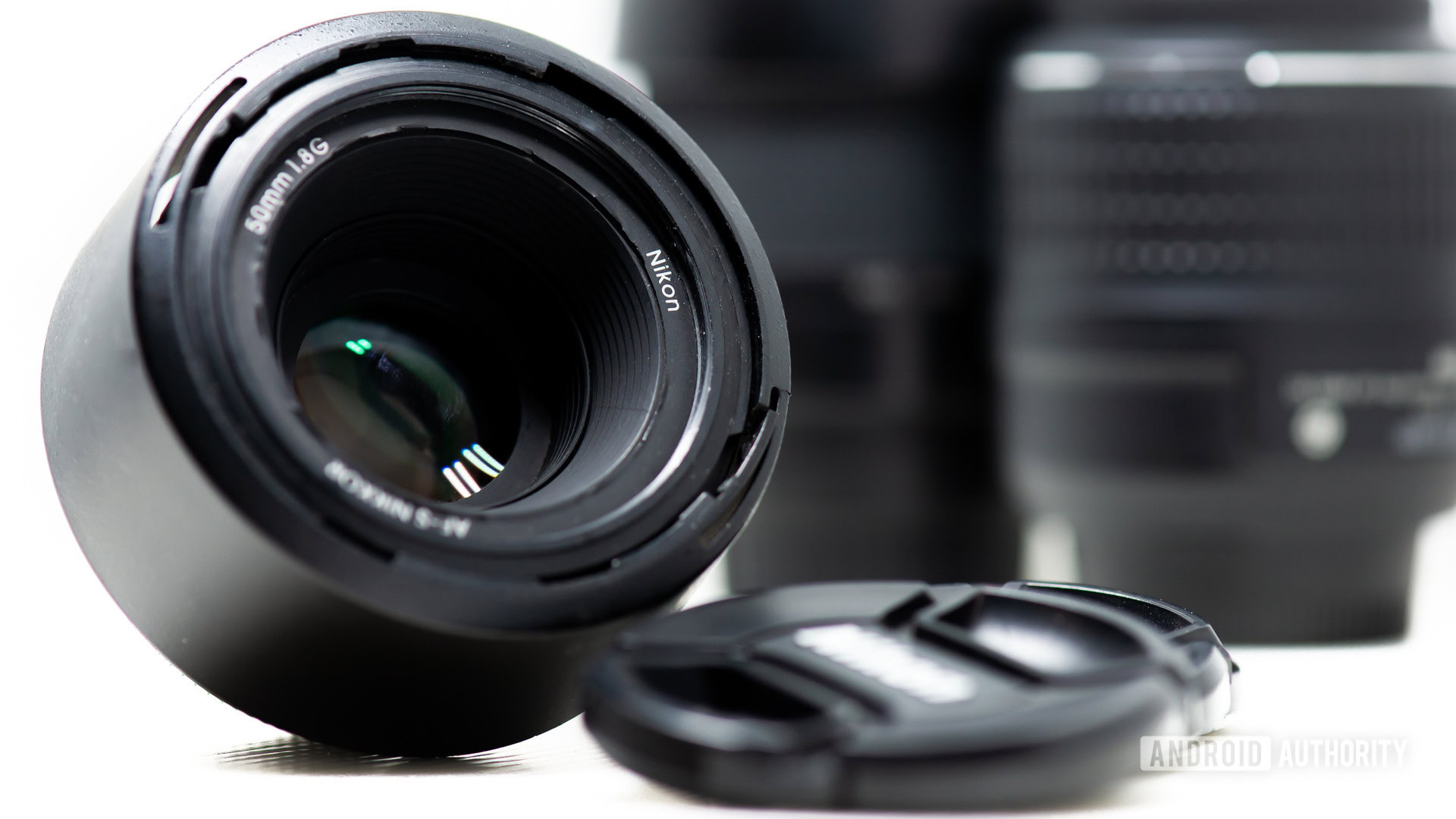Affiliate links on Android Authority may earn us a commission. Learn more.
What is bokeh in photography?
Published onJuly 1, 2021

Most struggle to pronounce the word and argue about its pronunciation. Bokeh is one of the most popular photo effects, so much that smartphones use software enhancements to try and replicate it (mostly unsuccessfully). Every photographer and enthusiast has come across this term, and today we are here to tell you all about it.
What is bokeh?

Let’s start with the pronunciation. “Bokeh” is a Japanese word, which makes it inherently complicated to pronounce for any English speaker (and for any non-Japanese speaker, for that matter). The Oxford Dictionary’s IPA (International Phonetic Alphabet) describes the word’s pronunciation as /bōˈkā/ /boʊˌkeɪ/. You can hear a sound recording at Lexico.com. Now that you know how to say it, we can continue (and you can argue about how it’s spoken all over the web).
In simple terms, bokeh refers to the quality of the out-of-focus areas in a photograph’s background and foreground. Many believe it to be synonymous with background blur, which isn’t exactly true. Bokeh instead refers to how good that background blur looks.
Before we move on: Here are some other photography terms you should learn
Good vs. bad bokeh
No standard qualifies bokeh as good or bad, making it a subjective matter. Generally, though, pleasing bokeh is quantified by how round light balls become, and how smooth or “creamy” the out-of-focus area is rendered by the lens.
Bad bokeh usually has harsher edges. It could also have heptagonal light blurs, an issue that is caused by seven-blade diaphragms. Improved lenses have nine diaphragm blades and create a rounder shape.
First learn: How to shoot in manual mode
How is it created?
Bokeh is directly affected by the depth of field. Depth of field refers to the area in focus when taking a photograph. Anything behind or in front of that focused area will no longer be sharp. Above is a sample of a couple of images, one with a very shallow depth of field and another with a broader depth of field.
Depth of field, in turn, is affected by four main factors: aperture, sensor size, focal length, and distance in relation to the subject. A wider aperture will shorten the depth of field and create more blur, while a tighter aperture widens the depth of field and keeps more in focus. A larger sensor size will force you to get closer to your subject or increase the focal length, both of which will decrease your depth of field and create more blur.
Learn more: What is aperture priority, and when should I use it?
In summary, to maximize blur, you have to make sure you do everything you can to shorten the depth of field. This would mean shooting with the largest aperture and sensor size possible, all while getting as close and being as zoomed in as you can.
Lens quality matters

Now that you know how to control depth of field and blur, it’s time to talk about bokeh. While we don’t like to say equipment matters, in this case, it’s a significant factor to get high-quality bokeh. More specifically, good bokeh depends a lot on the quality of your lens and its maximum aperture.
The lens will render blur and determine the bokeh, which means you should aim for the highest quality optics you can find. It’s also essential to give yourself the upper hand with a fast, wide-aperture lens. Pro-level zoom lenses with wide apertures can be expensive, but they do a fantastic job with bokeh. Those not wanting to spend small fortunes and looking to get nice bokeh should consider prime lenses (non-variable focal length), which are often made with excellent glass and can have very wide apertures at more comfortable price points.
After finding the best lenses, all you need to do is apply the techniques found in the previous section to decrease the depth of field as much as possible.
Also: These are the ten best DSLR lenses for any camera
Be wary of the bokeh obsession

I always tell new photographers to be wary of the bokeh obsession, which has become very common. Sometimes photographers may believe a nice bokeh will make any image good, which couldn’t be further from the truth, and it can even ruin a good photograph. Suddenly you see their portfolios full of blur, which is rarely a good general look.
If a photo wouldn't look good with everything in focus, it probably won't look good with parts blurred out either.Edgar Cervantes
Because nice bokeh usually comes with a shallower depth of field, it is common to make mistakes and leave important parts of the image out of focus. Sometimes, things in the background would add more meaning to a picture, but are unnoticeable thanks to substantial blur. I have also seen photographers totally forget about essential factors like composition, color theory, balance, and other factors.
Also: Also: These photography tips will help you get great results
If a photo wouldn’t look good with everything in focus, it probably won’t look good with parts blurred out either. Think of bokeh as an enhancement to your shots, not a corrective tool.
Photography is a complex art that requires knowledge, skill, and the right equipment. Improve all of them with some of our photography-focused content.